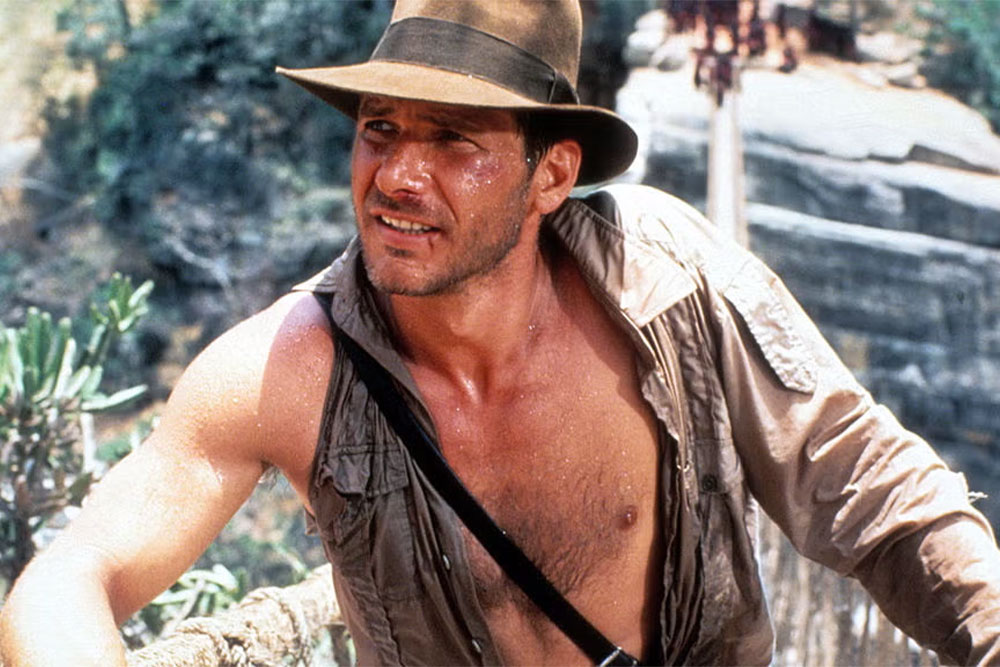Representation of Men
The way men are shown in the media has also changed over time. In the past, men were usually shown as strong, tough, and not very emotional. This is called a traditional view of masculinity. These men were often heroes in action films, like James Bond or Indiana Jones. They were brave, clever, and could deal with any problem.

Photo by The Pioneer Woman.
More recently, some media have shown a different kind of man. This is called the ‘new man’ or ‘metrosexual’. This type of man is more open about his feelings, cares about how he looks, and is interested in things like fashion, fitness, and family. He might enjoy cooking, helping with childcare, or talking about emotions.
Some stories display a mix of these ideas. For example, in the film Skyfall, James Bond is still a hero, but we see that he is older and not as strong as before. He gets tired, makes mistakes, and feels sad sometimes. This shows a more realistic version of what it means to be a man, especially as men get older.
In TV shows like The Big Bang Theory, male characters are not strong action heroes at all. They are clever scientists who are shy, geeky, and sometimes awkward. One of them, Leonard, is not tall or muscular, but he still has a loving relationship with Penny. This shows that men do not have to fit the usual ‘tough guy’ image to be seen as important or attractive.
A real-life example is David Beckham. He is famous for being a strong and skilled footballer, but he is also known for caring about fashion, looking after his children, and being a kind husband. He shows that a man can be both strong and gentle at the same time.
Even with these changes, the media still sometimes shows men in ways that are hard to live up to. Some male characters look perfect, never show weakness, and always win. This can create pressure for real men to look or act a certain way, even if it’s not realistic or healthy.
Next Page